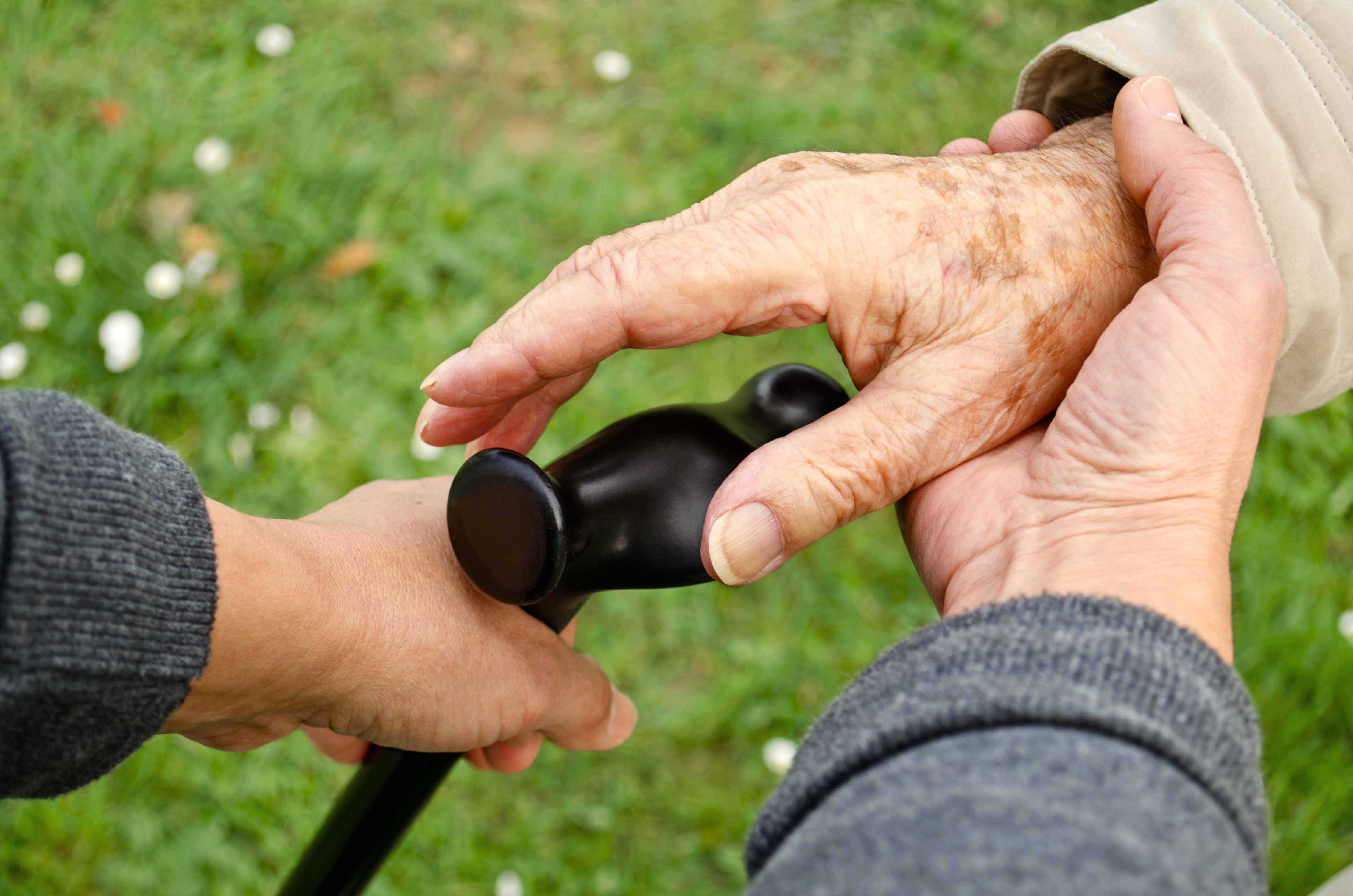
Simulation is the perfect opportunity for occupational therapy (OT) educators to witness the culmination of their students’ knowledge of anatomy, neurology, and common practice. Consider the following among things to look for when simulating an intervention.
Occupational Therapy Simulation Strategies
-
1. Interpersonal skills:Patients include a variety of people with an array of mental functionality. Lecture-based classes cover common ailments among pediatric and geriatric patients as well as common mental health disorders. OT students in simulation must demonstrate their ability to speak to anyone in any demographic so that they understand and feel comfortable.
2. Discretion: HIPAA (Health Insurance Portability and Accountability Act) violations can be costly, and mistakes are made easily enough. Discretion should be incorporated into simulations. For example, a common HIPAA violation is improper storage of private health information. Can a student be convinced to leave a clipboard unattended? If they do, thereby neglecting the patient’s privacy, halt the simulation and explain what they did wrong.
3. Investigative abilities: Experts in OT are aware that patients can be less than forthcoming about their health, whether from forgetfulness or through downplaying aches and pains. Students should learn to investigate additional injuries beyond what is originally reported. Patients with hip problems can still injure their hands. Additional injuries too often go unnoticed by nurses, therapists, and, occasionally, even the patients themselves.
4. Interdepartmental cooperation: Although there is overlap in the responsibilities of OT, physical therapy (PT), and speech therapy, OT students need to learn when to transfer a patient. Different departments have different yet complimentary goals. While it is important for the patient to walk 100 yards and be able to swallow, these skills don’t do much good without the coordination necessary for activities of daily living.
5. Immersive elements: Simulations aren’t real, which relieves pressure from the situation, creating a safer and more suitable environment to learn. Still, simulations should maintain seriousness and some level of urgency. Otherwise informality can easily become a part of professional practice.
OT requires a student well-versed in physical and neurological issues and possessing cognitive and interpersonal skills. A solid education requires proper tools. Teach students lifting techniques and more with Pocket Nurse® solutions for medical education and simulation.
Learn more at www.pocketnurse.com.






